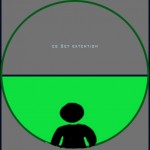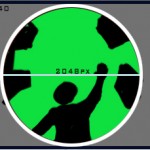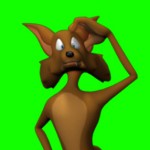What does it take to make a fulldome show?
 It takes a little more than grit and perseverance, although that probably helps. In the analog days, at least at Morehead, planetarium shows were put together using about 60 slide projectors, 3 video projectors, a slew of opti-mechanical do-dads, a computer to time everything out and a huge star projector that sat in the middle of all of it. The production staff consisted of two people, an outside contractor to do some artwork and a music composer.
It takes a little more than grit and perseverance, although that probably helps. In the analog days, at least at Morehead, planetarium shows were put together using about 60 slide projectors, 3 video projectors, a slew of opti-mechanical do-dads, a computer to time everything out and a huge star projector that sat in the middle of all of it. The production staff consisted of two people, an outside contractor to do some artwork and a music composer.
Now that we’re in the process of going digital, it will be very different within the planetarium dome itself. The plan is to have two huge projectors that will project a 4000×4000 pixel image onto the screen. To put that in perspective, it’s roughly 8 times bigger than High Definition television. But the production staff is fairly similar. We’ve now got a producer, a director, two main animator/compositors/creative directors, the same music composer we used for the old shows, support from the Morehead staff and others here and there.
It takes this 4-5 person crew anywhere from 9-15 months to create a 3D animated 25 minute dome show, depending on the content and situation. To put that in perspective, it took Pixar up to four years, at least 400 people and $180 million to make Wall•E. Compared to that, we’re definitely coming in under budget.



















